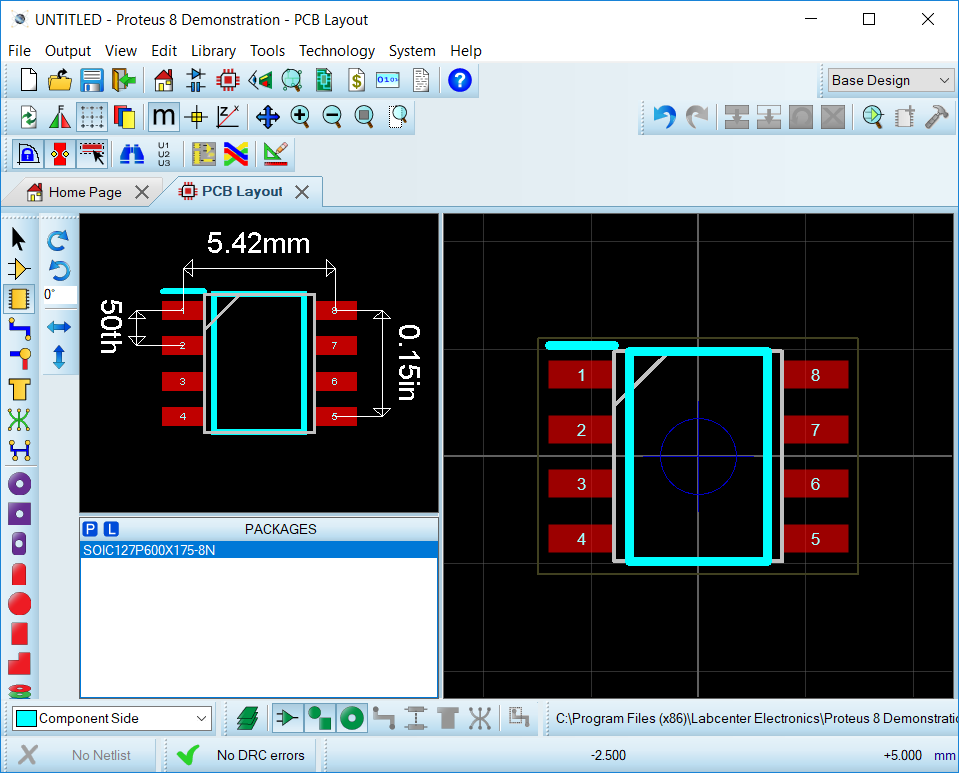
- #3D Accelerometer Proteus Library Zip File From
- #3D Accelerometer Proteus Library Download The Genuino
3D Accelerometer Proteus Library Download The Genuino
SnapEDA is a free online Proteus CAD library of symbols, decals (footprints), and 3D models.If we were to write the code from scratch, it would take ages and there would be a lot of reverse engineering required to make good use of the module's proprietary Digital Motion Processing (DMP) engine because Invensense intentionally released minimal data on its MPU6050. However, you can download the Genuino library for proteus below.ARDUINO Simulation PCB and 3D Models Libraries for Proteus. Therefore, you can use the Arduino library to design and simulate any project that will be implemented with the Genuino board. Both the Arduino and the Genuino actually have the same specification, pinout, and appearance.
3D Accelerometer Proteus Library Zip File From
MPU6050: Arduino 6 Axis Accelerometer + Gyro - GY 521 Test & 3D. 2018 Our Proteus users often need the symbols, footprints, and 3D models for the. Library arduino dan beberapa sensor sebagai tambahan library ISIS PROTEUS. They are available as a zip file from here:I Need Adxl345 Library In Proteus To Aid My Project Design There Is No Library For.
You should be prompted that the MPU6050 connection was successful. In the Serial Window, select a baud rate of 115200. Open it, plug your arduino in, select the appropriate COM Port and upload the sketch. Typically these split into two categories - standard simulation models and more complex embedded design peripheral models.Once unzipped, find the Arduino folder within it and copy the two folders "I2Cdev" and "MPU6050" over to your Arduino "libraries" folder in the following directory:Then open the Arduino IDE and in the examples section, you should find MPU6050_DMP6 within MPU6050. All products in the Proteus VSM range include a host of simulation models, ensuring that the parts you need are available at design time.
Upload again but don't open the serial window this time.Last of all, open the Processing application file and thenFile -> Open -> follow this directory C:\Program Files (x86)\Arduino\libraries\MPU6050\Examples\MPU6050_DMP6\Processing\MPUTeapotClick the play button and the system should calibrate for about 20-30 seconds, leave the gyro stationary during that period.Now pick up the gyro and test out the yaw / pitch / roll. Select "save as" and choose where you want to save the modified code. Close the serial window, then find and comment out the line #define OUTPUT_READABLE_YAWPITCHROLL and uncomment the line //#define OUTPUT_TEAPOT.


If everything is correct, you should see the little plane, following your gyroscope movements.The second way to acquire that portname would be to run the following sketch within Processing: // Example by Tom Igoe import processing.serial.* // The serial port Serial myPort // List all the available serial ports printArray(Serial. Now go to line 77 on Processing MPUTeapot code and in my case, replace portName with "/dev/cu.wchusbserial1a160" So line 77 now becomes:Port = new Serial(this, "/dev/cu.wchusbserial1a160", 115200) Please pay attention to both the leading slash / and the double " "Now press Play. In my case that would be "dev/cu.wchusbserial1a160". The easiest would be to fire up the Arduino IDE and read the bottom right corner, it shows the assigned portname for the connected board.


 0 kommentar(er)
0 kommentar(er)
